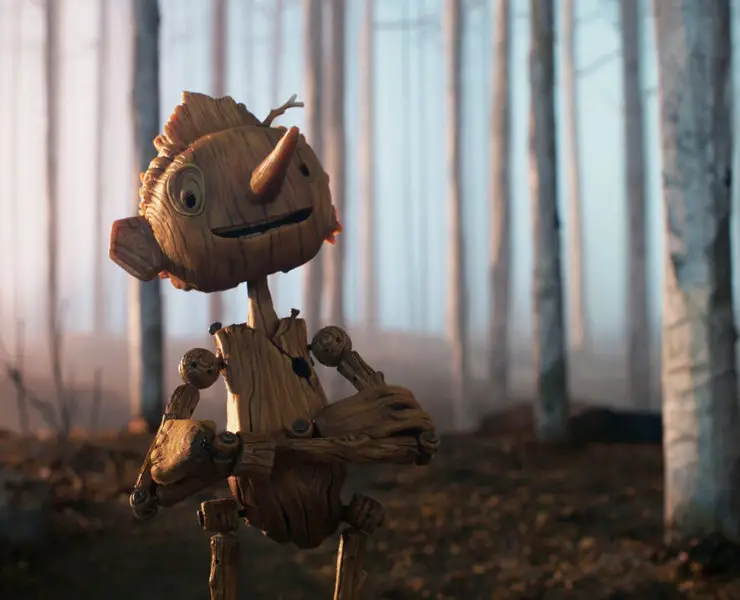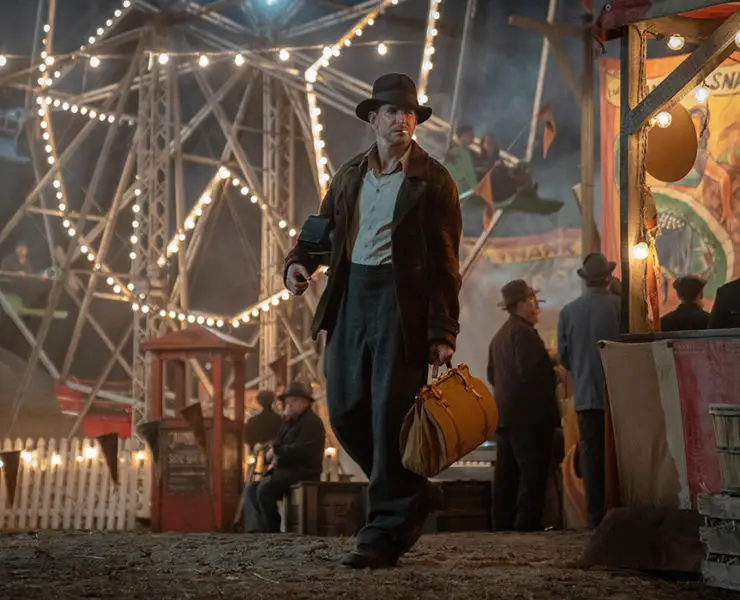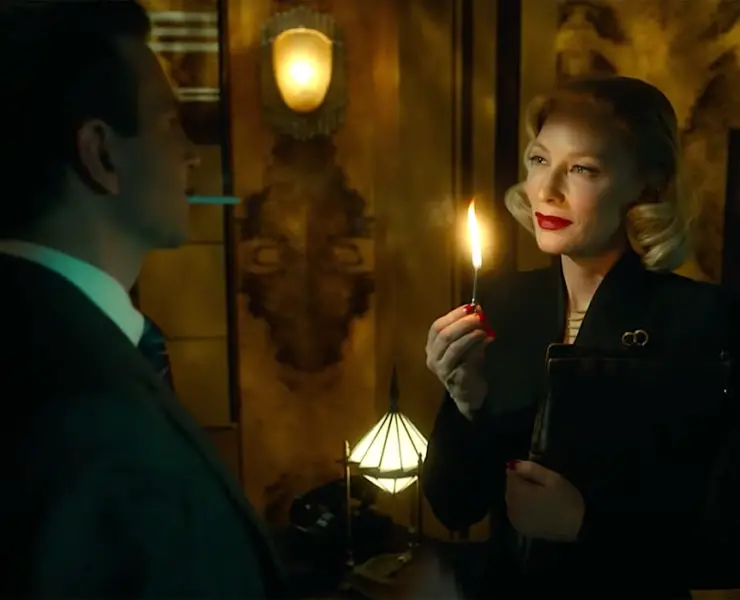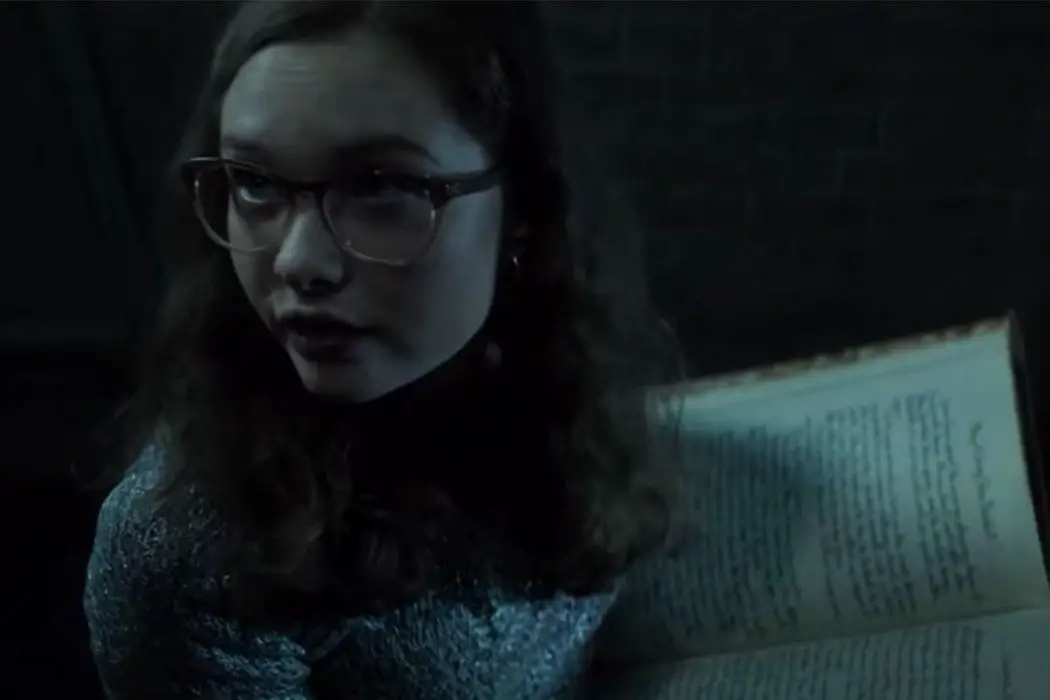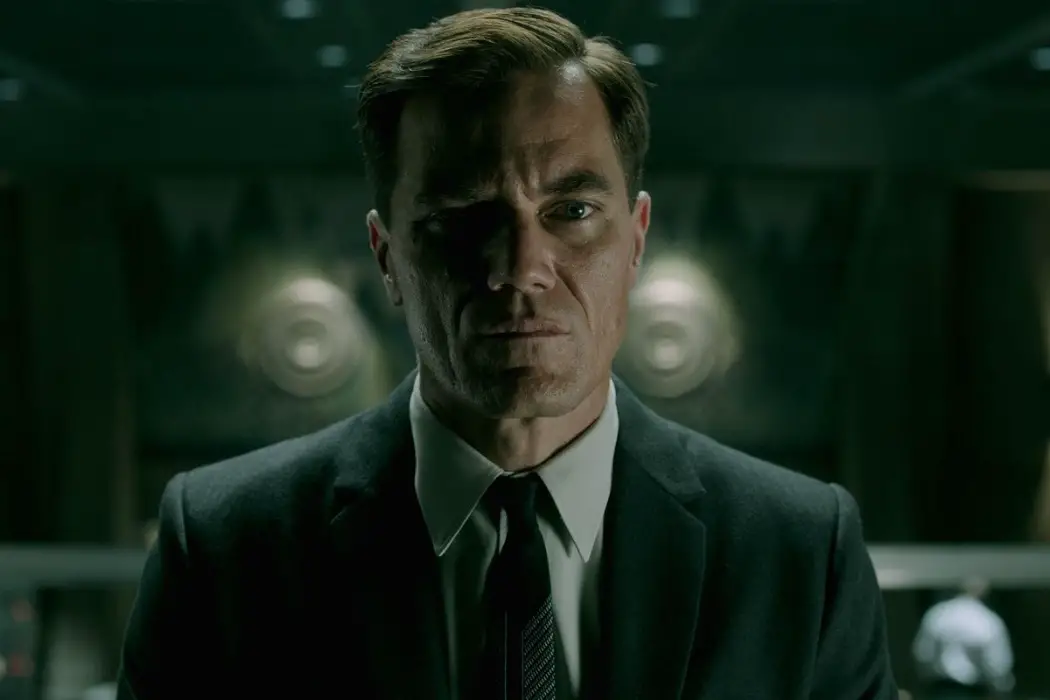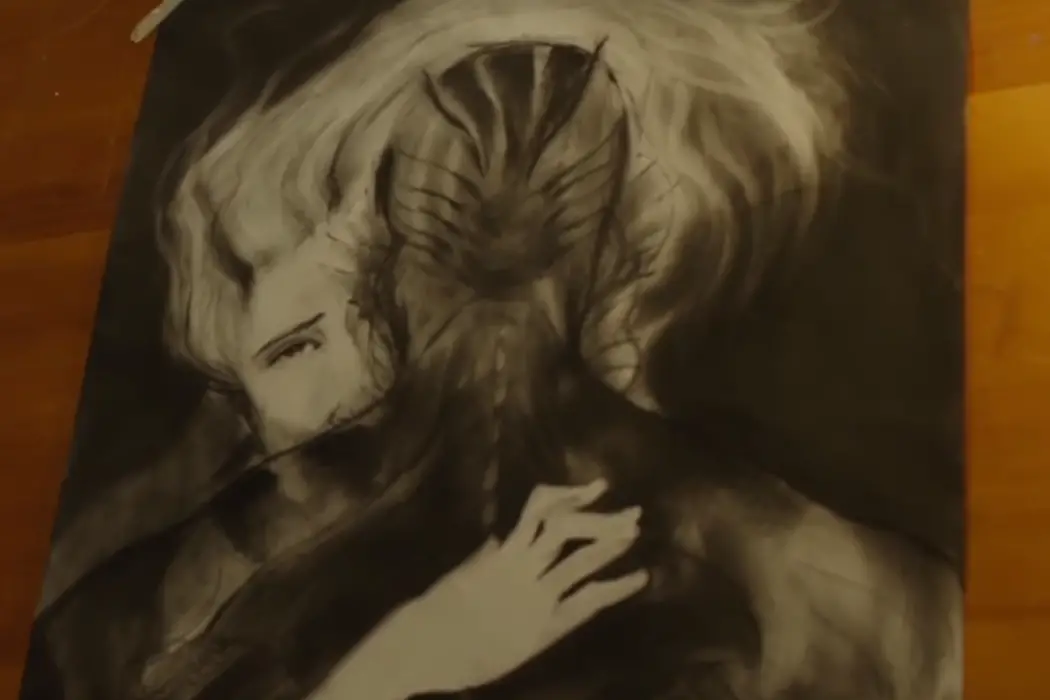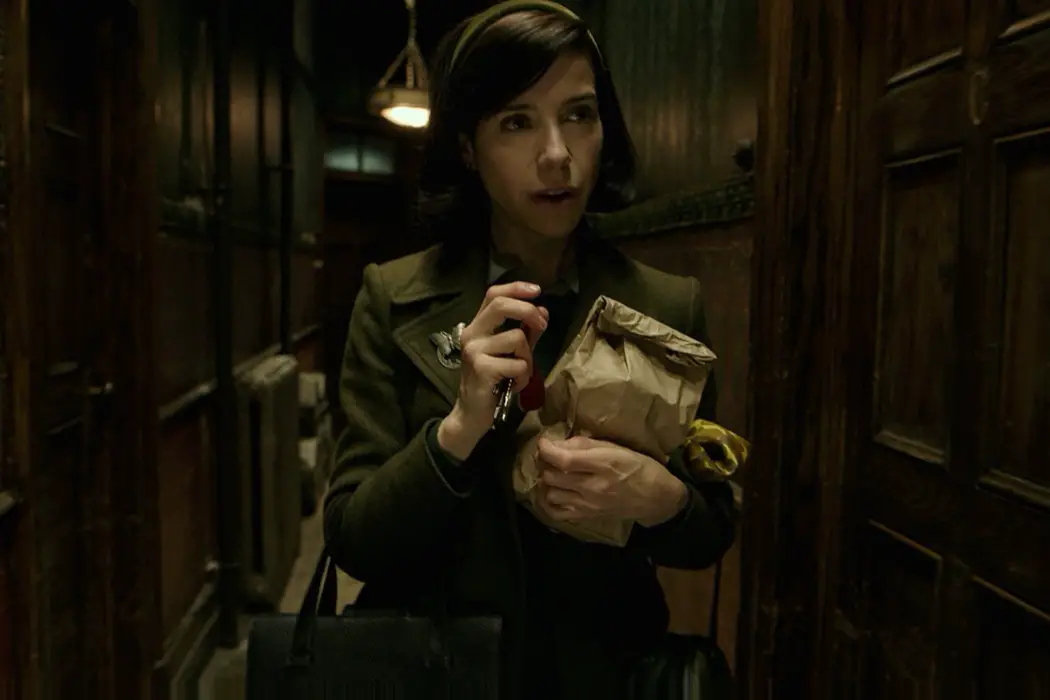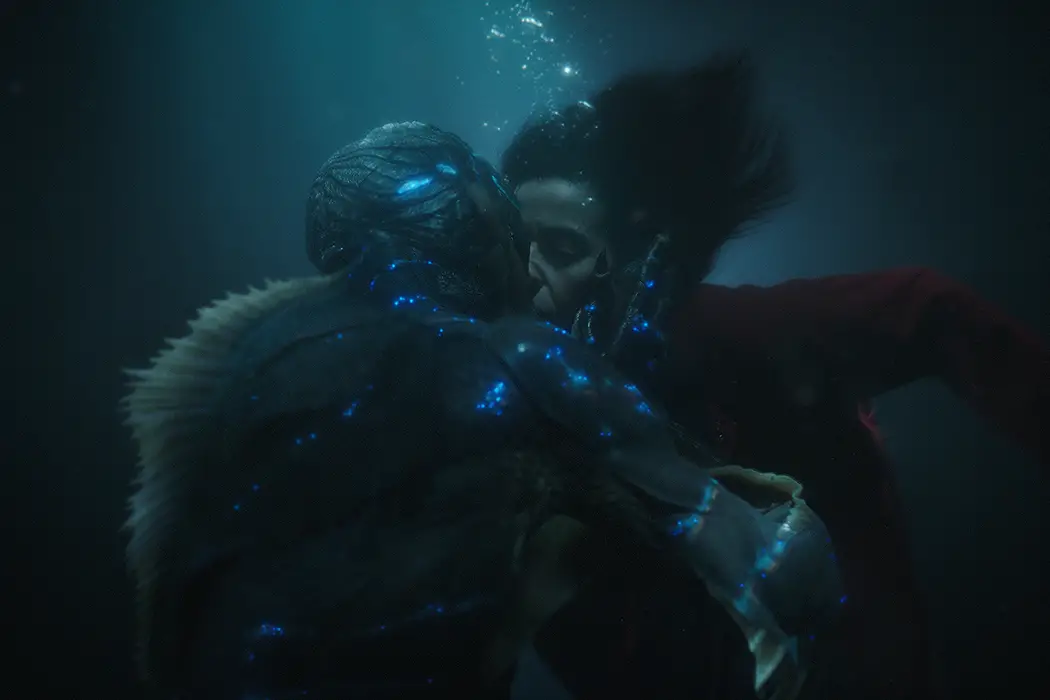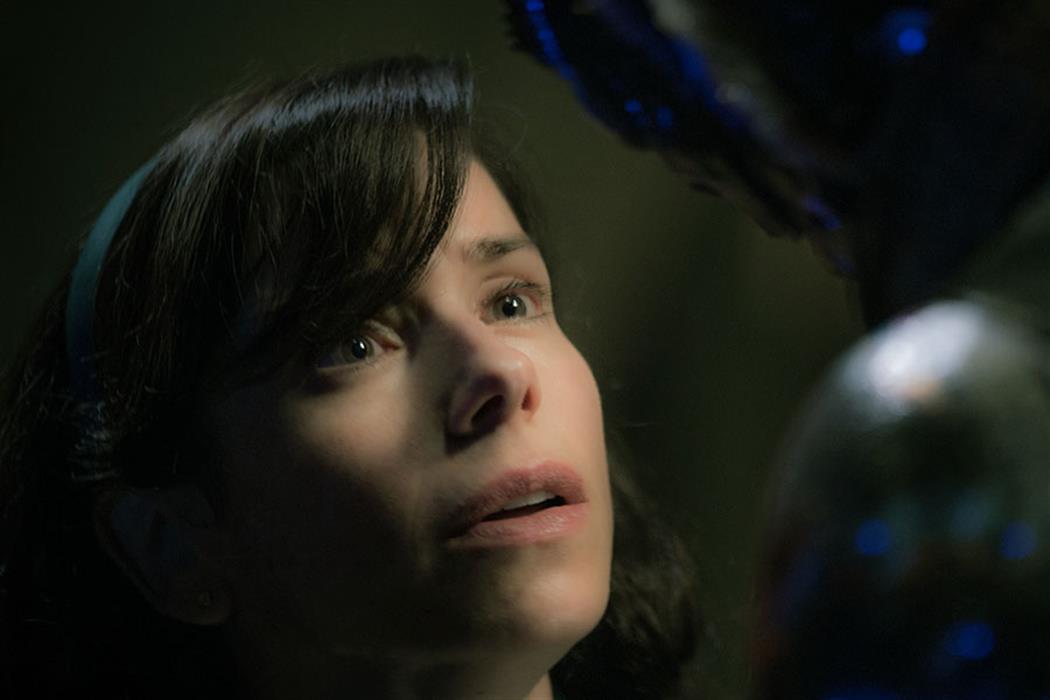Guillermo del Toro
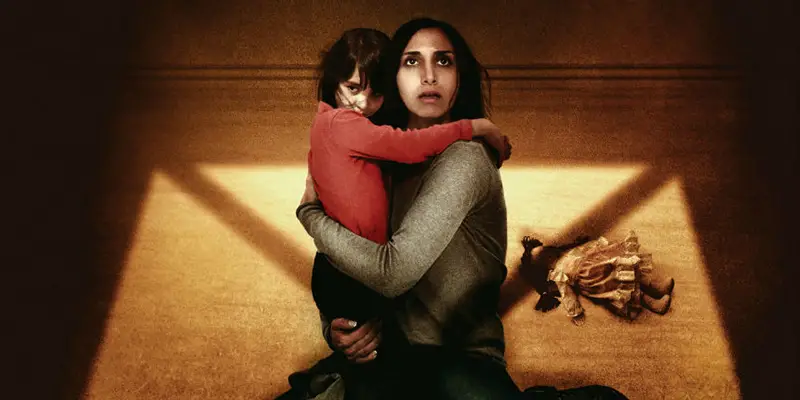
Film is one of the best artistic mediums because it’s always growing; it speaks every language, and every place in the world has their iteration as to what’s scary, twisted, weird or just downright bizarre. Different countries offer different interpretations of horror, from China where vampires hop to Korean Shaman. They don’t wave crosses, nor do they compel the power of Christ upon anyone, but just don’t fall in love with Isabelle Adjani.
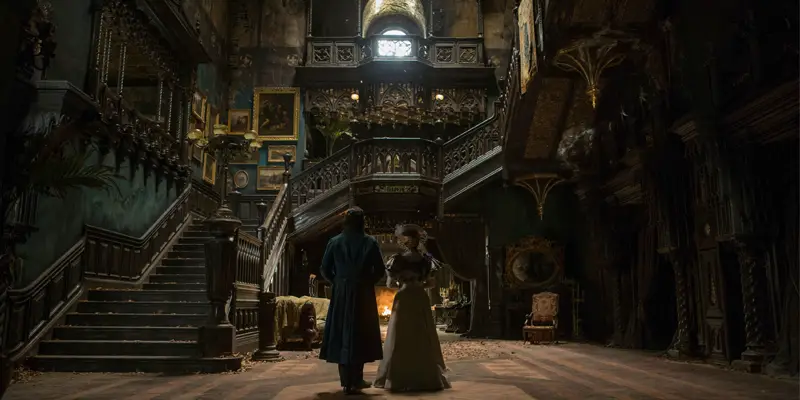
One annoying trend nowadays is for people to mix their genuine reactions to a film with the hype and varied opinions of others, judging it not on its content, but what you thought it was going to be. Quentin Tarantino flipped heads last year with The Hateful Eight, a considerably slower but angrier entry into his filmography, which caused anger amongst many filmgoers who were expecting another Spaghetti Western tribute that mixed modern music and quick-paced action. This highlights the problem with auteur theory and the reliance of marketing in the current movie climate, where many movie marketeers either must spoil an entire film within the trailer to gain the audience’s confidence to go see it or mismarket a film because they’re unsure on how to sell a unique/niche product to a broad audience.
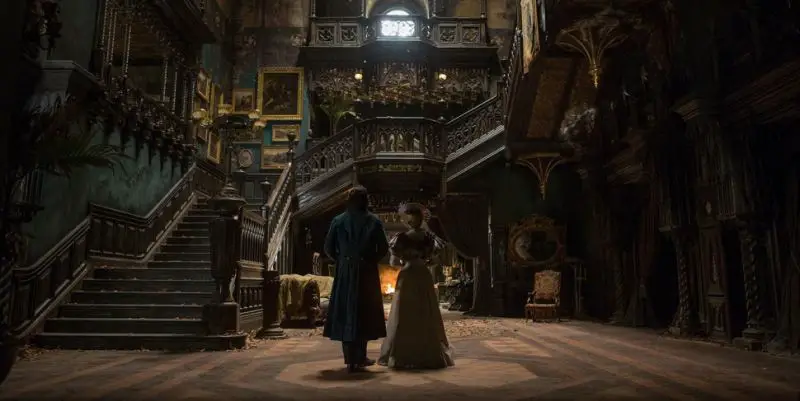
While most genre filmmakers have a hard time choosing between style and substance, Guillermo Del Toro has become the best filmmaker in the fantasy genre by giving equal weight to the visual design and emotional weight of the narrative; both complement each other in the best of his work. Even in a simple blockbuster movie like Pacific Rim, the substance is always there to be seen due to the clear love for the old-school Kaiju movies that inspired it – to date it is the only major studio tentpole blockbuster that feels like the personal passion project it was devised as. Crimson Peak is Del Toro’s return to gothic fantasy, his first film in the English language that could be comparable to his two Spanish Civil War fairy tales, The Devil’s Backbone and Pan’s Labyrinth.


